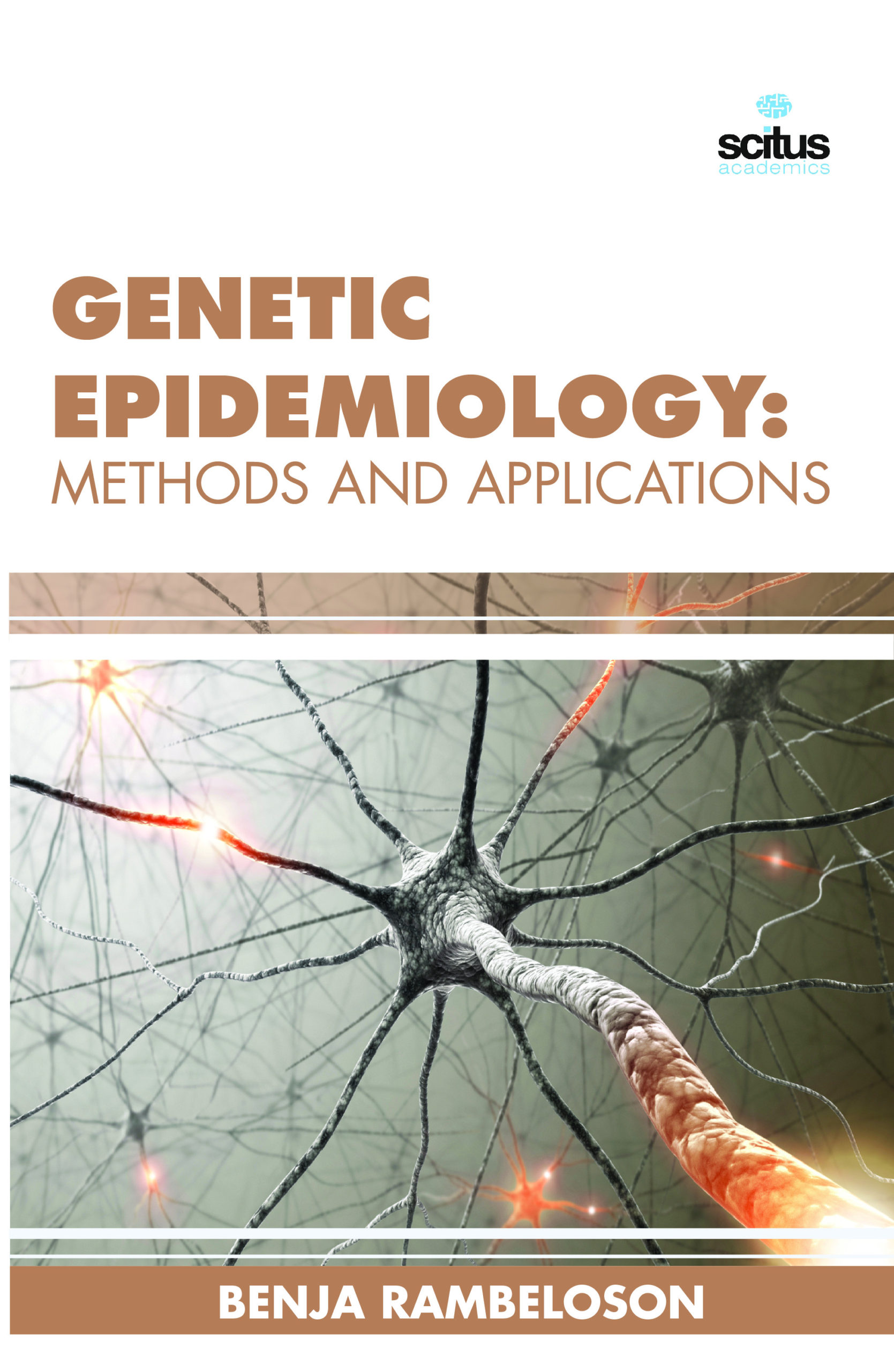Genetic epidemiology is the study of the role of genes and environments on markers of health and disease risk in populations. It emerged as a mainstream discipline in the early 1980s, arising from firm foundations laid by mathematical population genetics, clinical genetics, and statistical epidemiology. Though genetic epidemiology attempts to identify the many components of risk attributable to genes, environments, and interactions between these two factors, the course of the research towards this goal can follow many diverse paths. In the last few years, the success of genome-wide association studies in their identification of hundreds of disease susceptibility loci has brought this specialist field to the forefront of biomedical research. Advances in molecular genetics will soon offer affordable means to measure or observe study participant’s genetic material at the sequence level as well as more detailed functional data, such as gene expression. It is evident that genetic epidemiology projects increasingly require long-term collaboration between bioinformaticians, geneticists, clinicians, statisticians, and epidemiologists. As with any field that is making rapid advances, technologies, and methodologies are both developed and superseded quickly. However, in spite of the rapid changes in techniques, much of the basic language, models, and principles have remained the same. Interdisciplinary research requires good communication and understanding across the participating disciplines, and this book aims to provide a basic framework for this communication suited to newcomers to the field as well as experienced researchers and graduate level students. Statistical methods are applied in a wide range of disciplines, and this is one subject area that is well catered for by existing text books, particularly at the introductory level. This book assumes a basic level of competence with regard to statistical and probabilistic reasoning, so readers lacking confidence in this respect are guided towards more introductory texts













